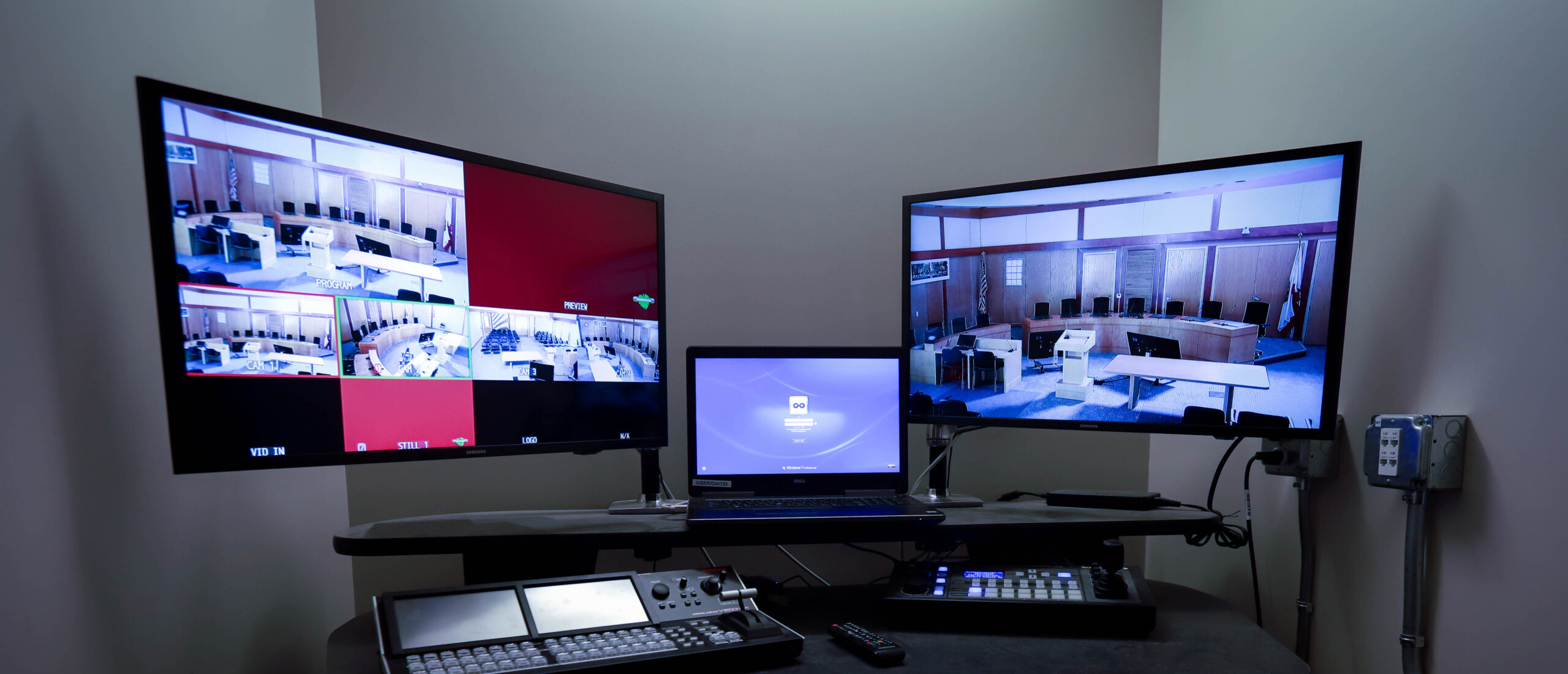Exploring the Evolution of Electronic Signage Technology and Its Influence on Setup Practices
Wiki Article
Electronic display solutions has arrived a significant way since its beginning. Initially, signs were fixed and needed hands-on modifications, which could be time-consuming and challenging. With the progress of technology, digital signage has evolved into a flexible and engaging platform. Today, displays can exhibit lively images, videos, and real-time data, making them more engaging for audiences. This transformation has not only altered how information is displayed but has also transformed the way companies and entities interact with their customers.

One of the crucial advancements in digital signage solutions is the use of HD screens. These screens offer better clarity and color accuracy, which enhances the overall viewing encounter. Additionally, the advent of LED and LCD systems has made it feasible to produce thinner and lighter screens. This has enabled for more flexible setup choices, such as wall mounting, hanging, or even independent displays. As a result, companies can select the best setup that fits their space and audience requirements, making digital signage a flexible solution for different settings.
Another significant development is the incorporation of content management platforms (CMS). These systems allow operators to easily create, plan, and oversee content across various screens from a single interface. This capability is particularly beneficial for companies with several locations, as it guarantees consistent messaging and identity. Furthermore, many CMS systems offer web-based solutions, enabling off-site control and real-time updates. This means that companies can promptly react to changes in information or offers, maintaining their content current and relevant.
The impact of digital signage technology on installation methods cannot be ignored. With the rise of interactive screens and touch displays, installation has become more complex. Installers must now take into account elements such as wiring, networking, and customer interaction. Additionally, the need for appropriate installation and placement is crucial to ensure maximum sightlines and approachability. As a result, professional installation solutions have become more essential, as they offer expertise in both systems and aesthetics to develop effective digital signage solutions.
In conclusion, the development of digital signage solutions has profoundly impacted installation practices and the way information is shared. With improvements in screen Recommended Site technology, media administration systems, and installation techniques, businesses can develop captivating and impactful displays that captures the attention of their audience. As digital signage keeps to grow and develop, it will undoubtedly play a vital role in defining the future of communication in various industries.